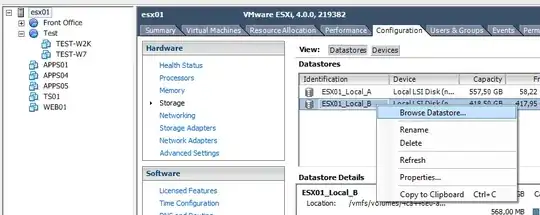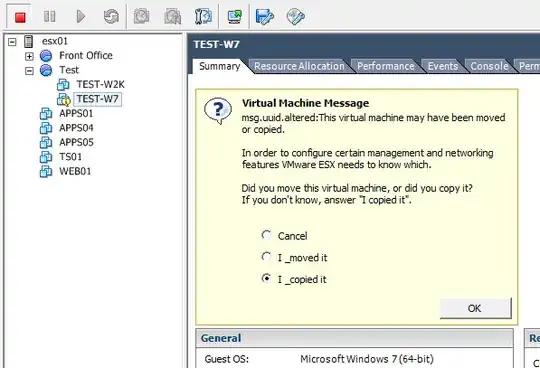I'm looking for a good solution to a VMware ESXi environment issue where there's no vCenter available.
What's the best way to move a VM from one datastore to another on a single ESXi host, while maintaining the VMDK thin-provisioning?
This is a standalone server that's been expanded with another drive array/datastore. I'd like to move the data contained in the old array to the new.
Edit: The destination datastore size is actually smaller than the source. I do not have enough room to copy the thick file.



